Lincoln Henderson didn’t set out to change the world. He just wanted to make better bourbon.
Four decades spent shaping the most iconic expressions in American whiskey history had etched Lincoln Henderson’s legacy in oak, but there was one concept the Kentucky native couldn’t shake: the belief that bourbon could be born again.
Taking a handcrafted whiskey and finishing it in port wine barrels, Lincoln breathed new life into a deeply traditional industry, and in the process, added an unexpected new chapter to the unfinished history of bourbon. But that was only the beginning.
When I first step off Main Street on Louisville’s historic Whiskey Row and into the sprawling red brick factory housing the Angel’s Envy distillery, I’m hit by an innate sense of place. Light spills through cathedral-high windows, casting golden beams across bottles lined like stained glass along the back wall. All of this leads to an effigy of the label’s founder and driving force, the late Lincoln Henderson, but it’s the plaque beside the towering mural that catches my attention.
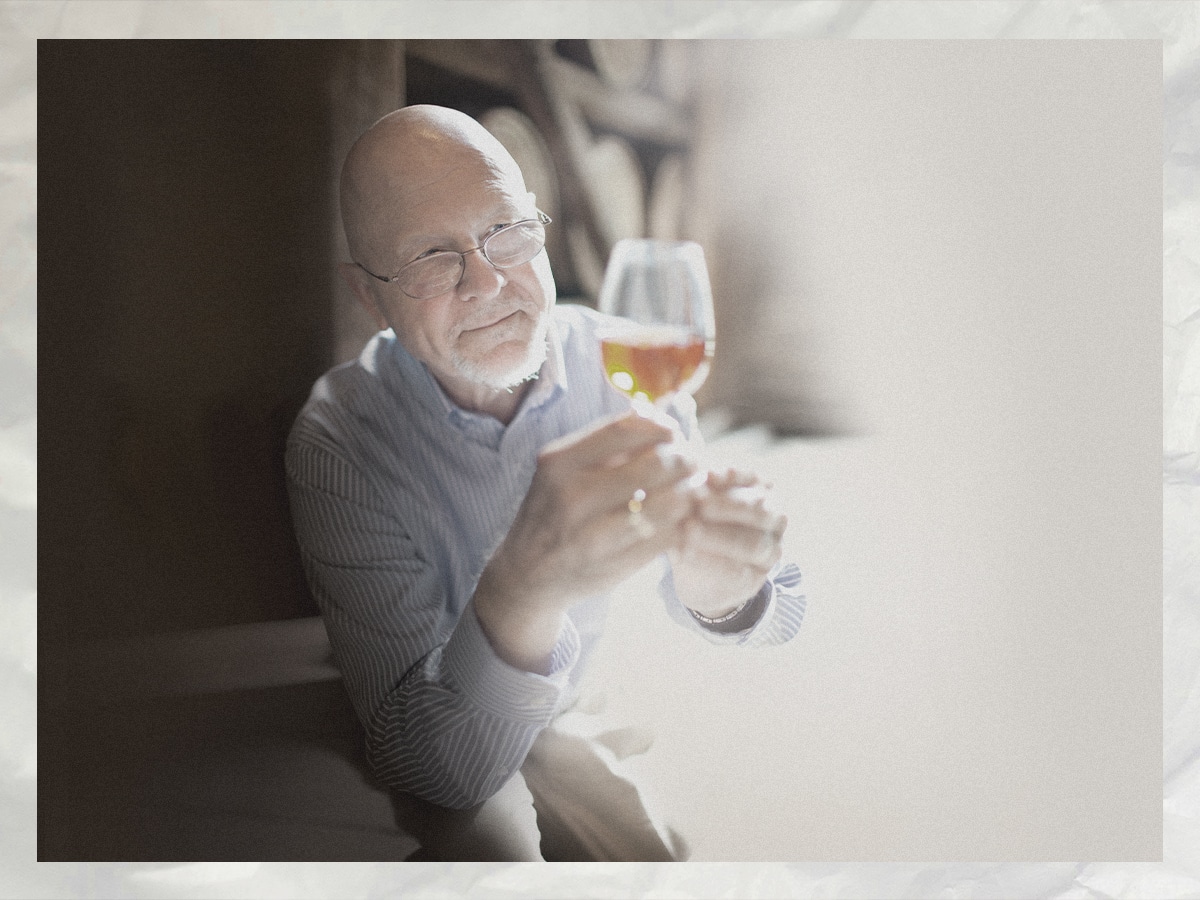
“This building was built in 1902, and we’ve restored the original commemorative plaque to its rightful place on the facade. Lincoln Henderson’s father once worked at this very location and now, the Henderson family has forged a new tradition within the same building.”
I peer up at the rafters overhead, no longer polymarked from their previous life as an American Elevator and Machine Co. factory, and picture what this place must’ve looked like 40 years ago. It’s hard to imagine that this cathedral of brick, concrete and glass is indeed the same one that housed several generations of the Henderson family, as these old bones now house an entirely different spirit.
And that, I realise, is precisely the point.
Angel’s Envy bourbon begins the way most Kentucky whiskey does: fermented from local corn, distilled in copper, and aged patiently in American white oak. But when others bottle, this spirit is asked to do more. It’s transferred into a second barrel, port, rum, sometimes something stranger and allowed to breathe again. This process, known as secondary finishing, was a rarity in the American whiskey industry until the 21st century, when Lincoln, the man responsible for bringing releases like Gentleman Jack and Woodford Reserve to the masses, took the ultimate gamble.
But this is not merely a story about whiskey. As global brand ambassador Angel Teta reveals, it is a story about second lives and what happens when something, be it a bourbon or a building, is given the chance to become more than was originally intended.
“We’re not afraid to take chances,” she tells me. “When we first released, we didn’t necessarily receive the best reception from the whiskey community, but we accepted that challenge. We won, people bought it, and now we see so many finished Kentucky straight bourbon whiskeys on the shelf. We opened doors for a lot of people.”
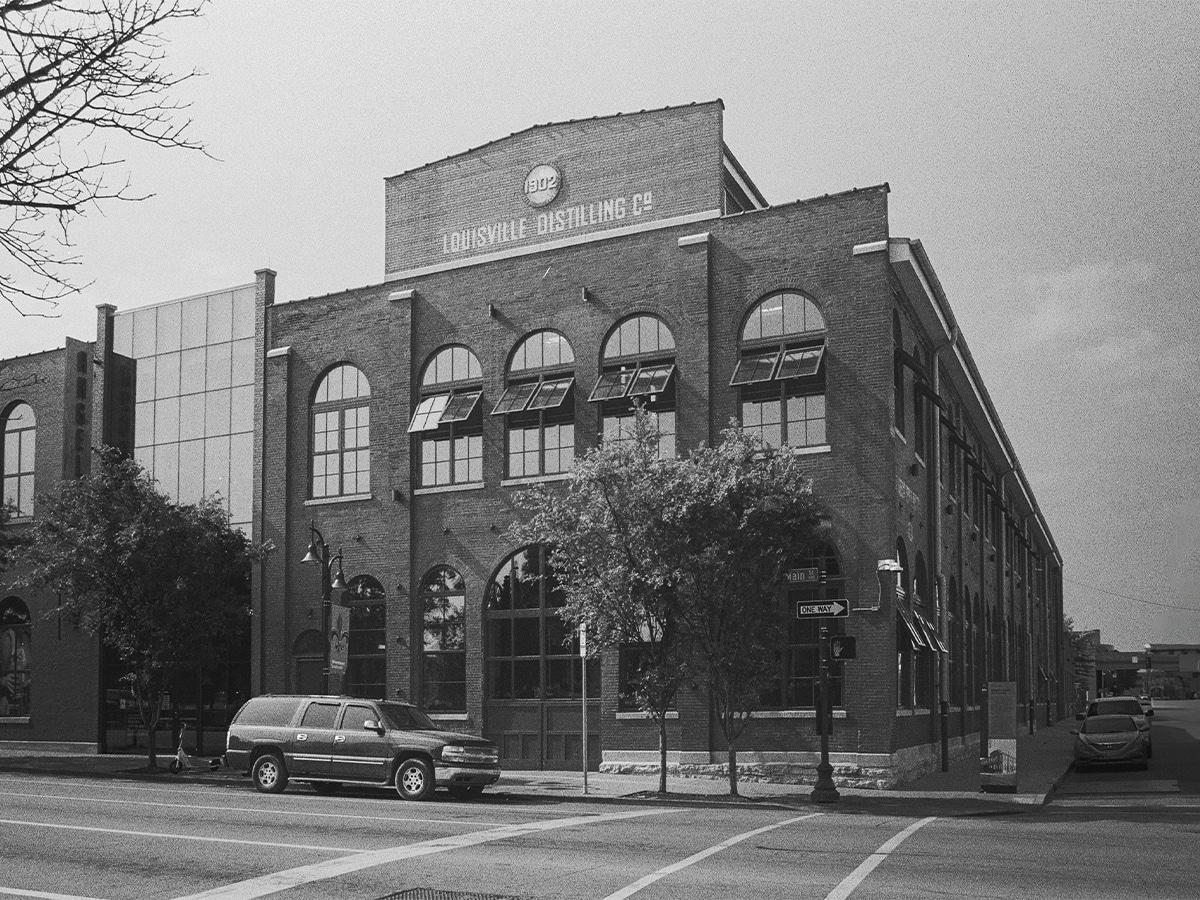
Taking the Gamble
More than 15 years and countless barrels later, Lincoln Henderson’s ethos lives on, and the man tasked with keeping that spirit alive is Owen Martin. Trained in the art of Scotch production, the master distiller’s extensive knowledge of secondary maturation makes him the ideal person to lead Angel’s Envy’s unique journey into finished bourbon. It’s a job he doesn’t take lightly.
“There’s always a risk with taking a big swing at something,” Owen tells me. “Fifteen years ago, when the company started, it was a monumental task to make those inroads against the more traditionalist view of what whiskey was in the U.S.”
As Owen explains, Lincoln’s bold decision to work on a finished bourbon was revolutionary, going against generations of tradition. For years, bourbon producers were governed by a strict set of laws that dictated how America’s spirit was made, barrelled, and bottled. Charred new oak barrels, no additives, distilled and aged in America; these rules weren’t suggestions as much as scripture, and it took a leap of faith to reimagine the process.
“Until the point that Angel’s Envy was founded, finishing really didn’t exist in American whiskey in a big way,” he says. “Obviously, Angel’s Envy wouldn’t be here without Lincoln Henderson, but I would go further to say finished whiskey in the U.S. wouldn’t exist the way it does now without his vision. It was a gamble to establish ourselves on that notion, but 15 years on, I think it’s paid off.”
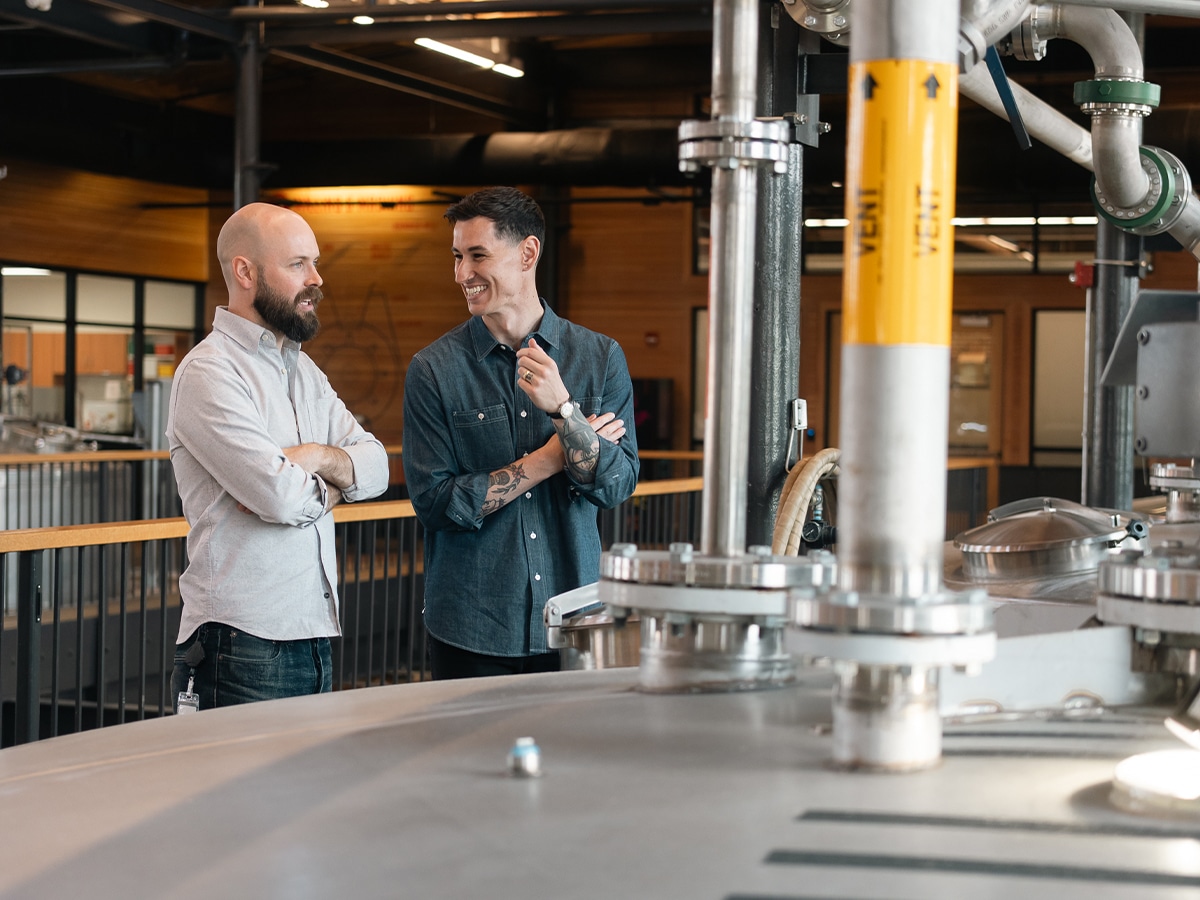
Breaking the Rules
In the years that have passed, Angel’s Envy has taken on new life, but the fundamentals remain. Angel’s Envy still sources local corn, ages first in new charred oak barrels and adheres to the traditional components that make America’s spirit what it is. The only deviation comes in the final maturation stage.
“What sets us apart is that we finish that whiskey in ruby port wine barrels as a nod towards more of a European whiskey tradition,” Owen explains. “Because we add that step, we’re layering on a whole other set of flavours, highlighting key notes in the bourbon and softening the shoulders.”
By finishing the whiskey in specially selected casks, Owen and his team create spirits of exceptional complexity and warmth. The flagship Port Finish, for example, embodies the true taste of twin-barrel maturation. The youngest of all port wines, ruby port lends a bright fruitiness to the whiskey, softening the palate and extending the finish. The baking spices and vanilla you naturally find in Kentucky bourbon remain, but an undeniable modernity now underpins the expression.
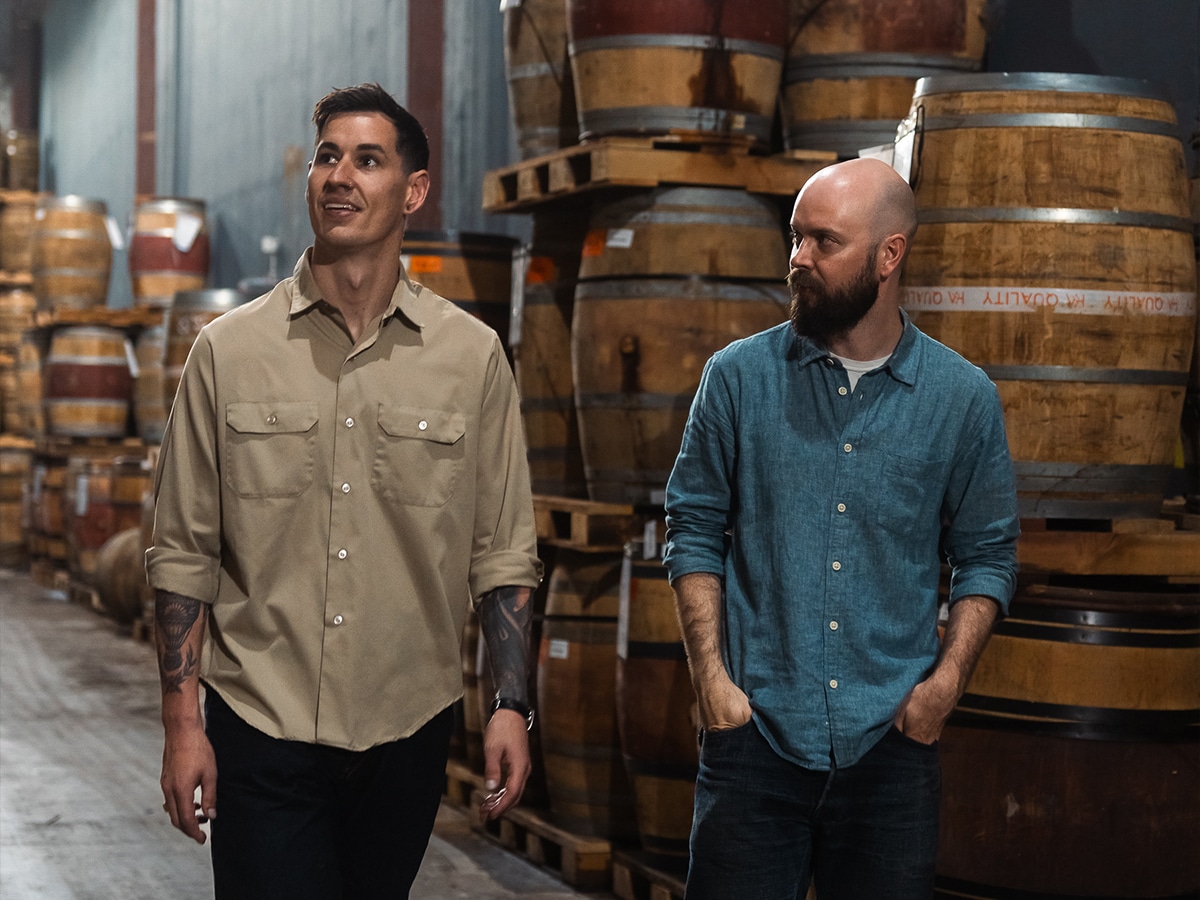
“We want to honour the traditions of the bourbon industry, but we also want to bend the rules when we see the opportunity.”
“Directly outside these doors on our wall, it says ‘Revere Tradition, Embrace Progress’, and to me, that’s as Angel’s Envy as anything. Finishing is just a piece of that. It’s taking ideas from other industries and applying them to traditional bourbon in innovative ways.”
That delicate balance between tradition and progress is nothing new to whiskey-making, but with Owen, you get a real sense of how much this means to him. Like Lincoln before him, the Angel’s Envy master distiller believes the spirit should do the talking, and it’s only when you see the barrels up close that you understand what he means.

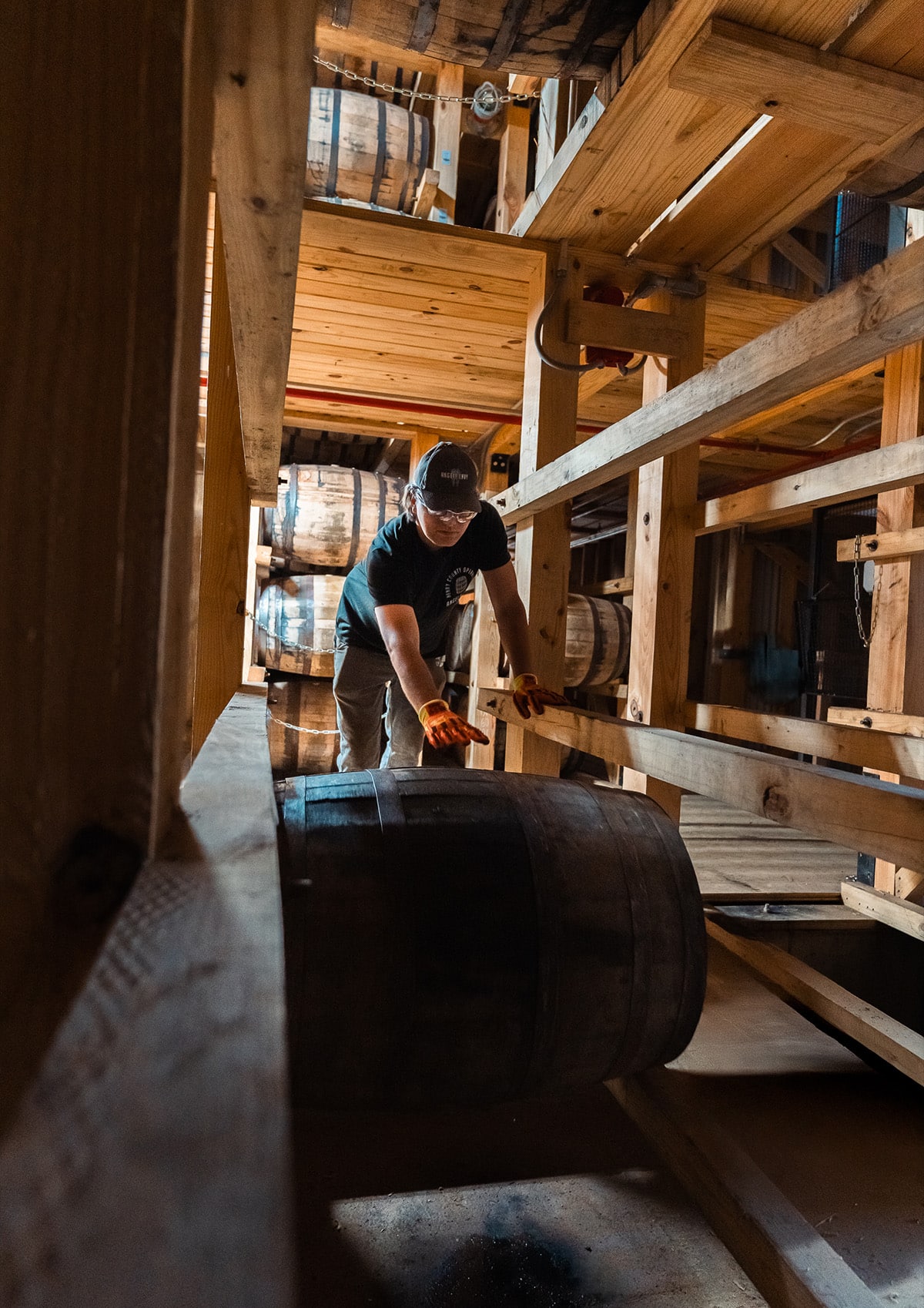
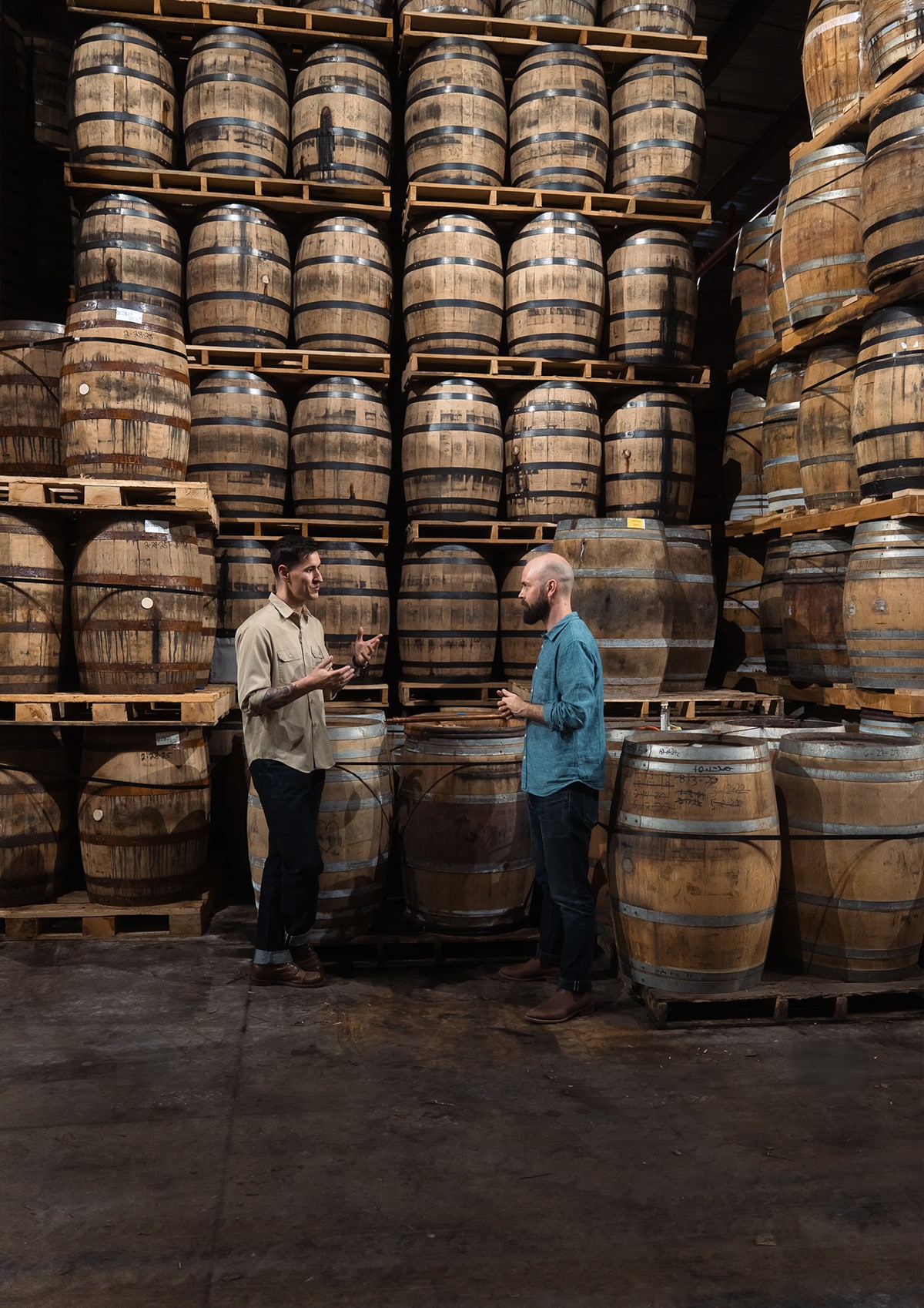
The Theatre of Bourbon
It’s not yet 9 a.m. when we arrive at Henry County, yet somehow, the Kentucky sun is already at its apex. It’s relentless; an oppressive, high-noon heat that bounces off the parched earth and pulls the moisture from your lungs. Shielding my eyes, I look skyward to see two buzzards ominously circling overhead.
Were it not for the sleek, black rickhouse buildings that dominate the barren landscape, you’d be forgiven for thinking you’d wandered onto the set of an old Western, and as if on cue, the sheriff of this makeshift town appears. Stepping out of the shadows of the nearest rickhouse, Owen nods and motions us inside.
Once over the threshold, the heat falls like a curtain. Inside these creaky walls, still fresh with the scent of toasted oak and honey, hundreds of barrels lie dormant. Rising in perfect rows across three towering storeys, the casks cast an imposing shadow across this bold theatre of craftsmanship. At its centre, Owen stands proudly.
“Did you want a taste?” he asks me, motioning toward a barrel. Before I can even consider an answer, he pulls a Makita power drill from his bag and, with surgical precision, buries the drill bit deep into the weathered oak. The wood splinters and cracks, heaving under the weight of nigh-on 200 litres of new-make Angel’s Envy bourbon, some of which is now spilling out onto the rickhouse floor.
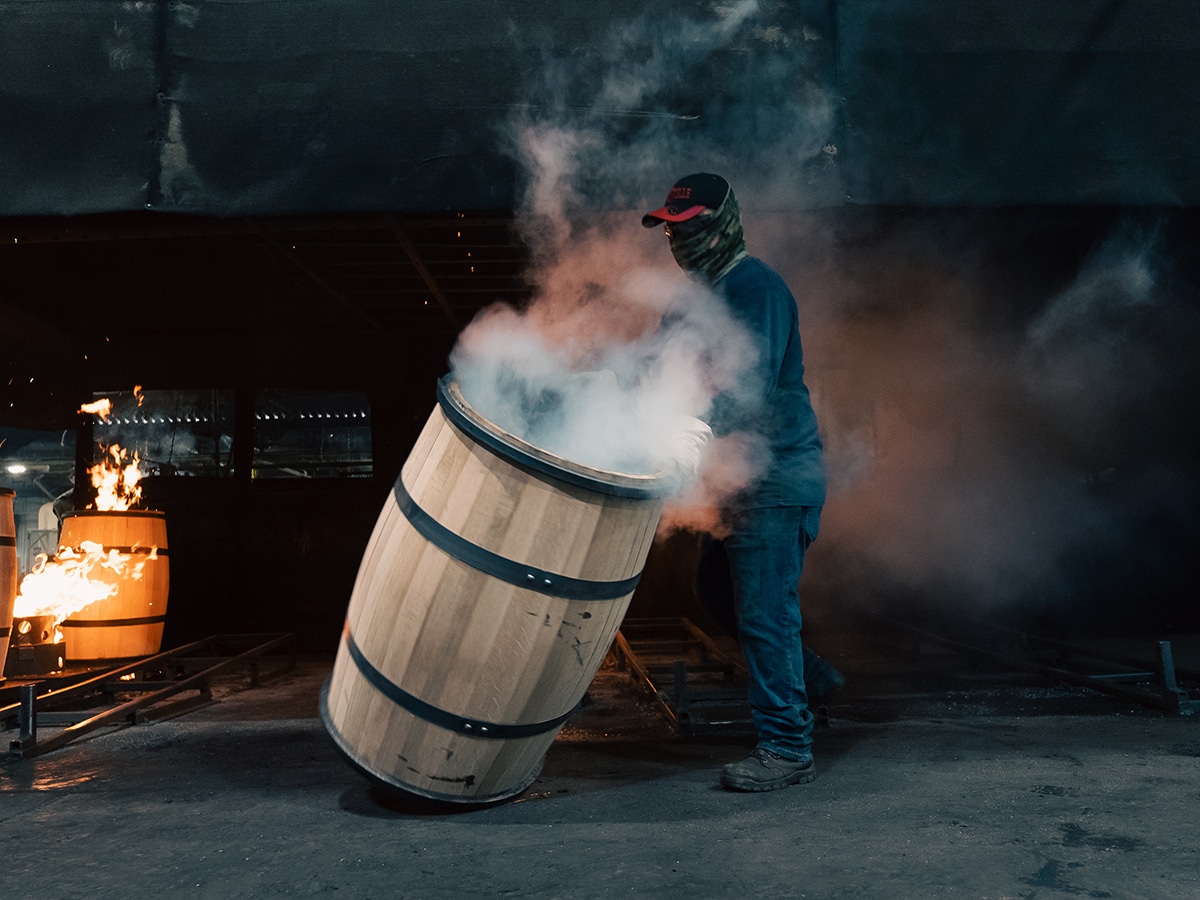
“This is going to be the highest-proof bourbon we have around,” Owen explains, sweeping a small container underneath the barrel to catch the cascading flow of whiskey. “The top floor of the rickhouse is obviously the hottest, giving a robust oak-forward profile. While our bottom floors are cooler and more humid, functioning almost like a Scottish environment.”
As we sip, Owen reveals that, unlike other Kentucky distilleries, Angel’s Envy doesn’t emphasise the individual floors. Rather, the team blends casks, pulling different flavours together to create the best possible base spirit before it inevitably heads to the port barrel. To Owen, the distinction is clear; finishing is not blending. You’re not covering flaws, you’re enhancing flavours; viewing the spirit through a second lens.
“If you look at tradition and traditional processes, there’s power there. There’s that lineage, that history. But to me, it can also be constraining,” he says. “As a whiskey maker, to work for a pioneering brand gives me an open field to do whatever I want in an authentic and innovative way.”


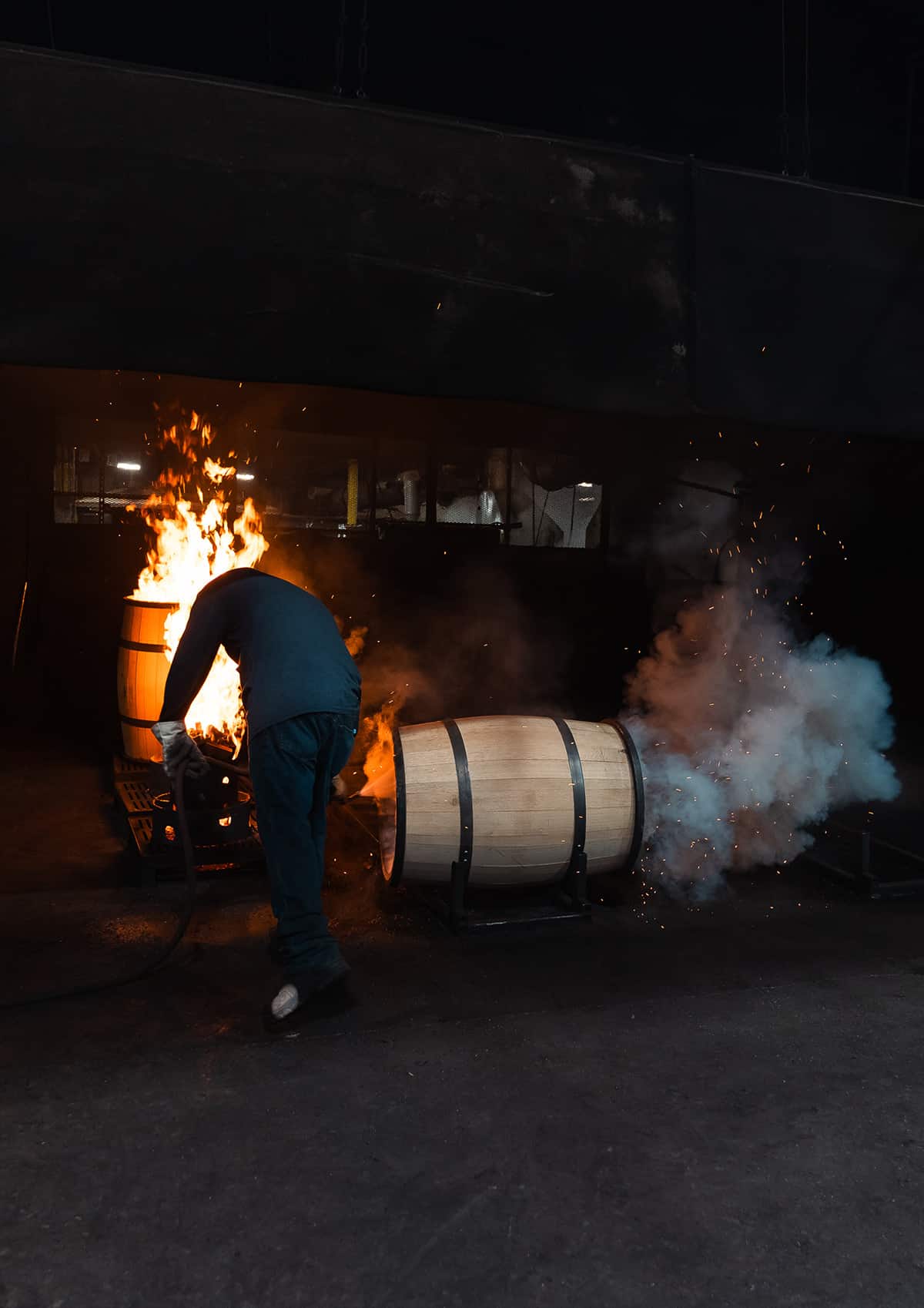
A Story of Fire and Feeling
With a full palette of colours to paint with, Owen is able to bring unique flavours to the fold, and the barrels serve as his brush of choice. These vessels come from Kelvin Cooperage, a local business that hand-builds, hand-toasts and hand-tests every barrel.
“We do things a little differently here,” Kelvin Cooperage president Paul McLaughlin tells me. “We’ve got no timers and no temperature controls; we want our guys to be using all their senses. It really is sight, smell, feel on the barrel. A lot of other cooperages are removing the human element, but we think it’s key.”
Seeing the spectacular dance of fire and brimstone up close, it’s clear that these blue-collar alchemists understand the value of craftsmanship. If Lincoln Henderson’s vision was to bend the rules, then these are the fire-blackened hands that did it. Back on Whiskey Row, the sentiment rings truer still.
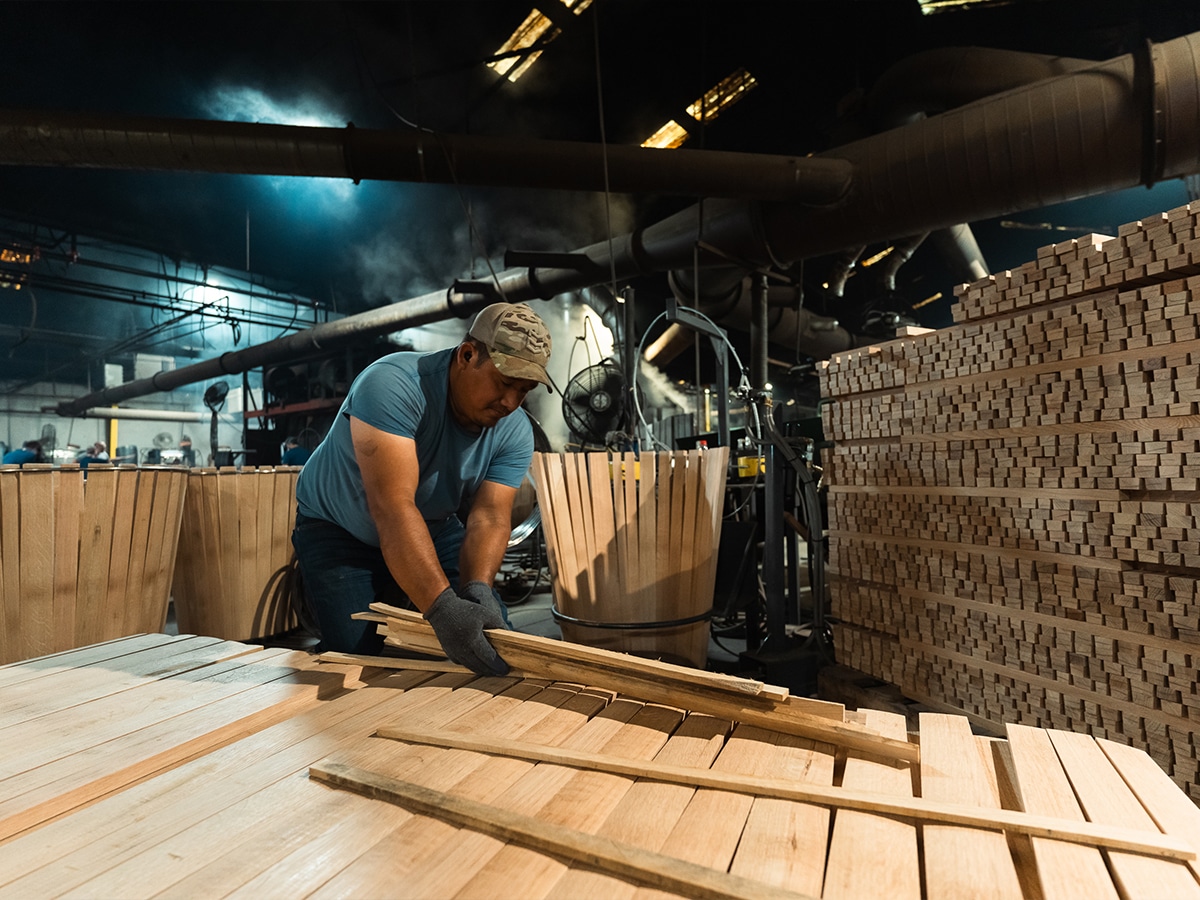
A Personal Touch
For Angel Teta, every Angel’s Envy experience is a personal one. Each team member has a unique connection to the brand, coming from throughout the whiskey community and drawing influences from far-reaching lands to create something different yet delightfully familiar. This approach flows down to the very vessel in which the liquid rests. Strong in spirit but with an elegant finish, the Angel’s Envy bottle embodies a refined sense of duality.
“I think that duality carries on, not only through our whiskey and the bottle itself, but our audience,” Angel says. “We see everyone drinks Angel’s Envy. It’s not necessarily in a dark room with a cigar; it might be in the summertime, in a spritz. A lot of people see this as their gateway bourbon.”
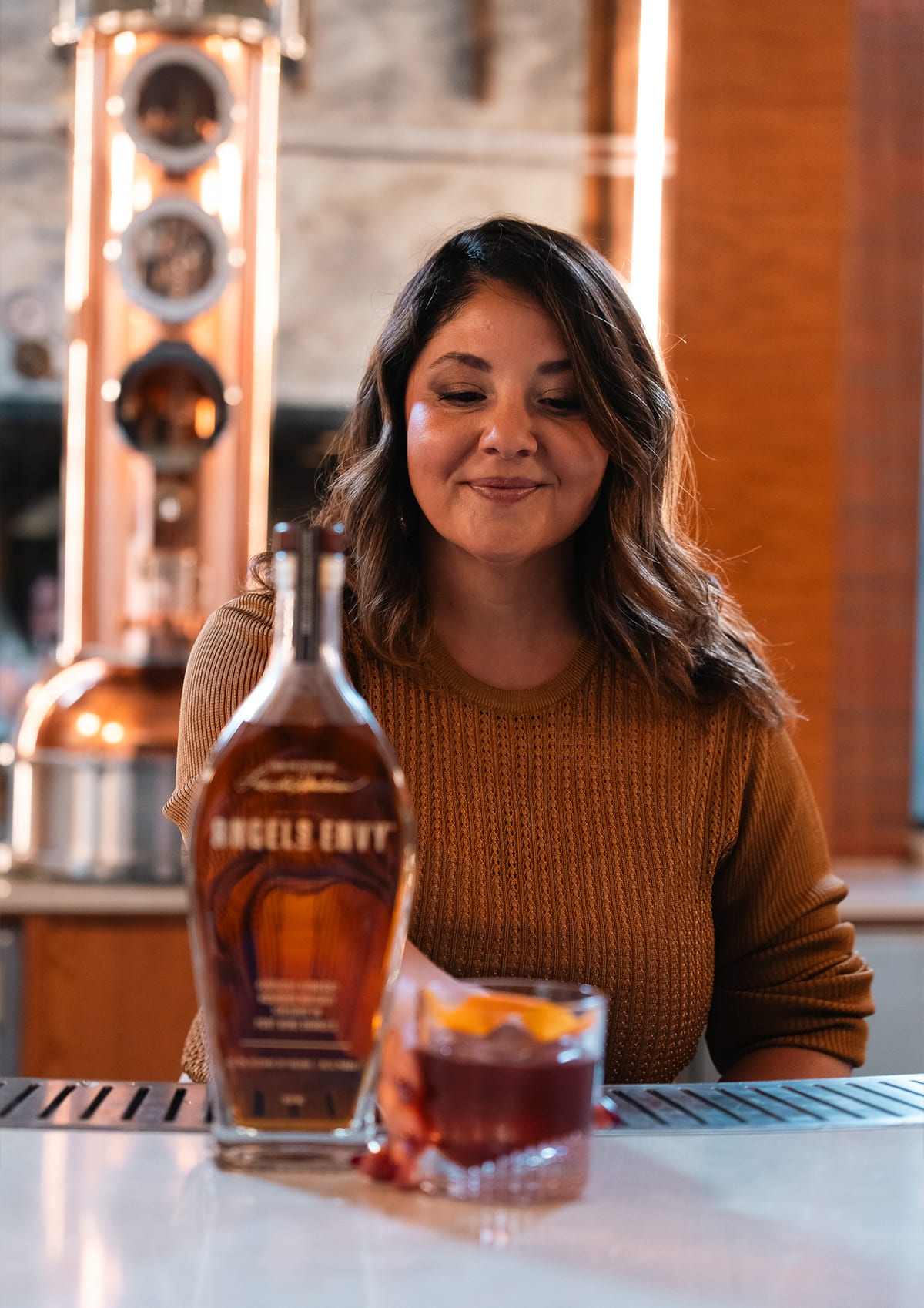
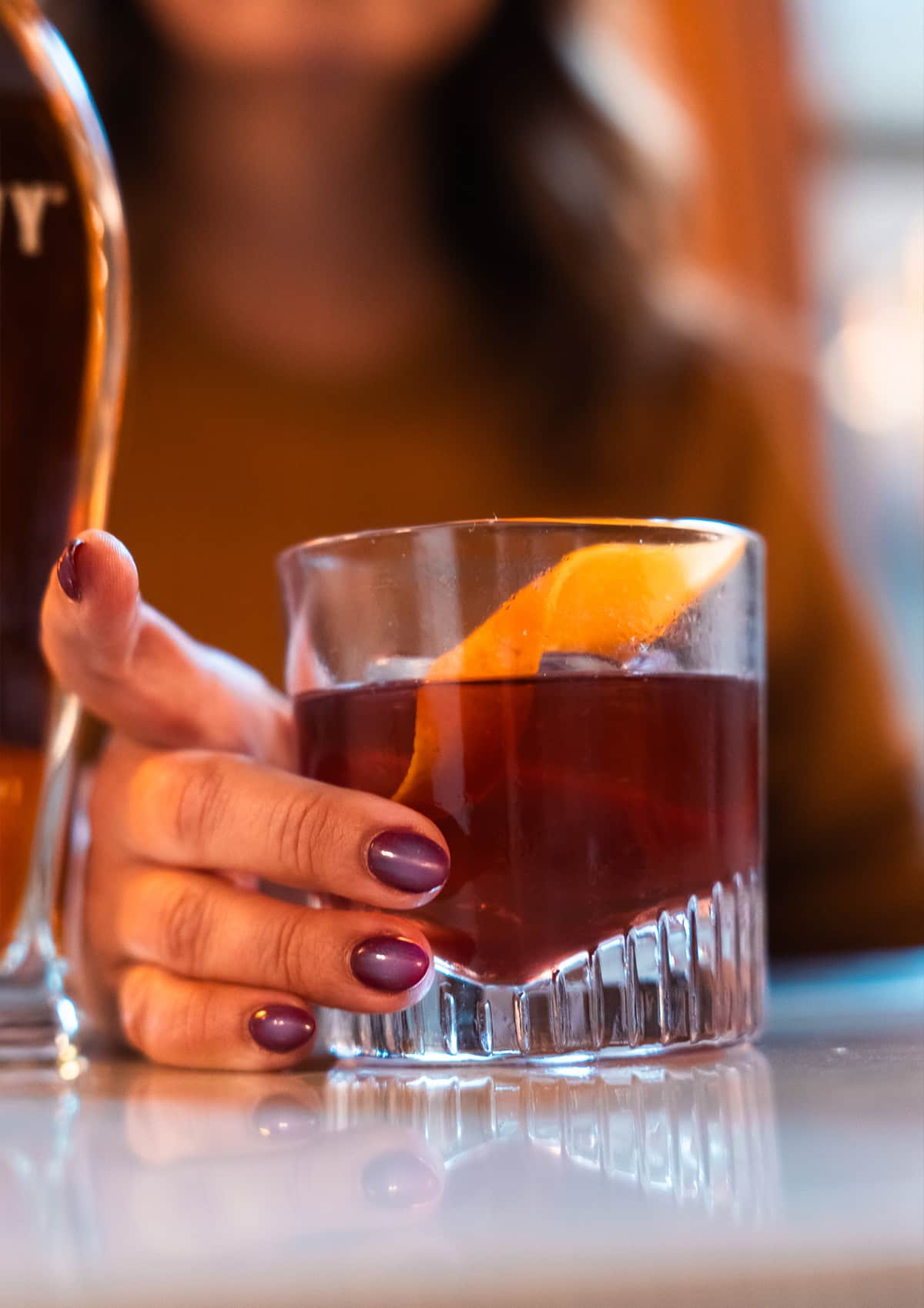
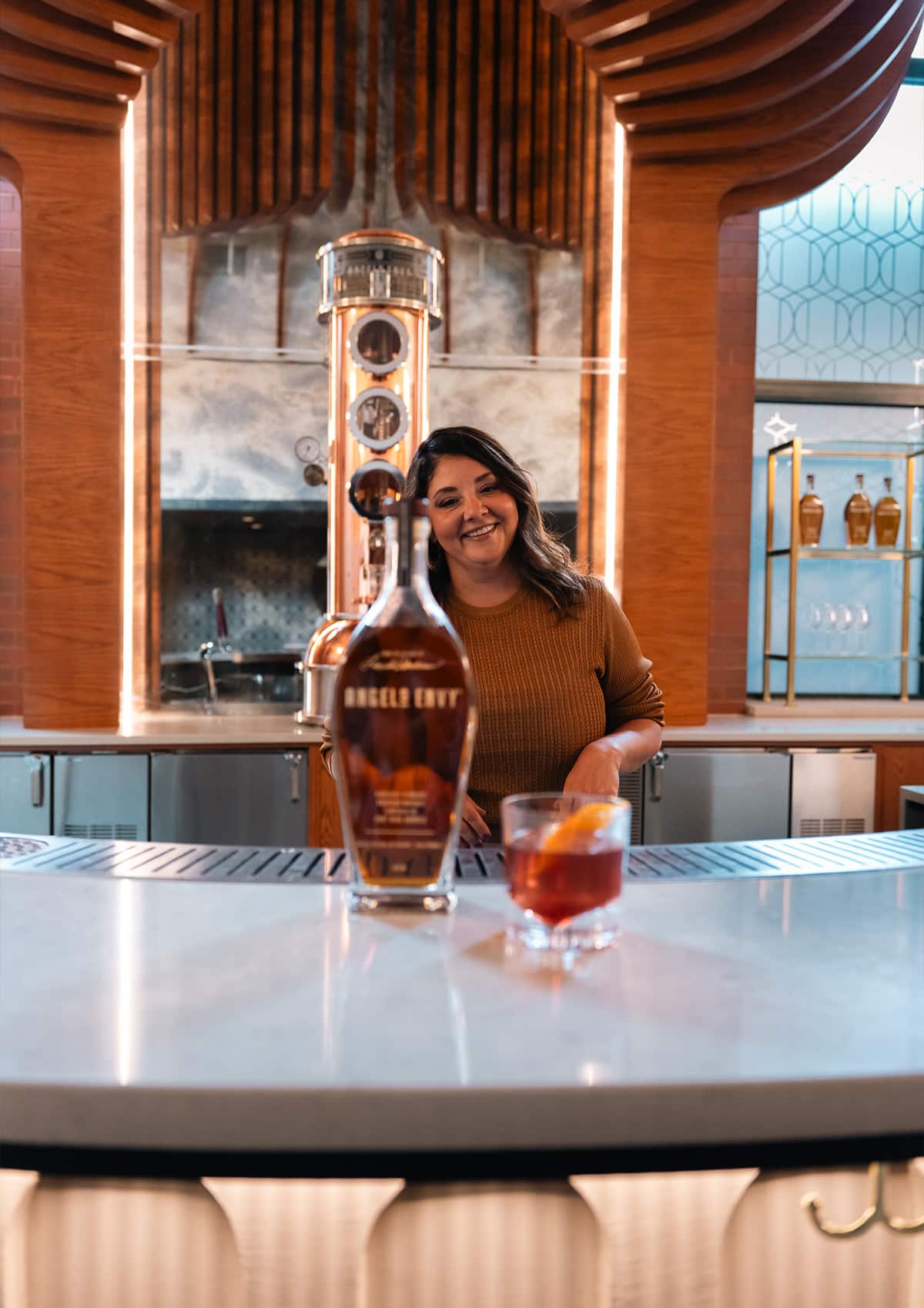
Now intricately adorned with engraved typography and a smattering of shimmering gold, the Angel’s Envy bottle stands tall amongst its contemporaries. And through the brand’s unique personalisation program, guests can engrave names, dates, even love letters into that very bottle.
“With the engraving, we not only want you to be able to come here to the distillery, but to bring gifts back to celebrate,” Angels explains. “Being able to personalise a bottle with a message or your name or to commemorate a certain occasion, it’s really cool that you can get this gift from Louisville.”
Now, that gift is coming Down Under. In a global first, Angel’s Envy has opened up personalisation options for Australian fans, meaning you can now pick up a bespoke bottling of the classic Port Finish with an engraving of your choice on the face. It’s a unique touch that Angel believes is pivotal to the story.
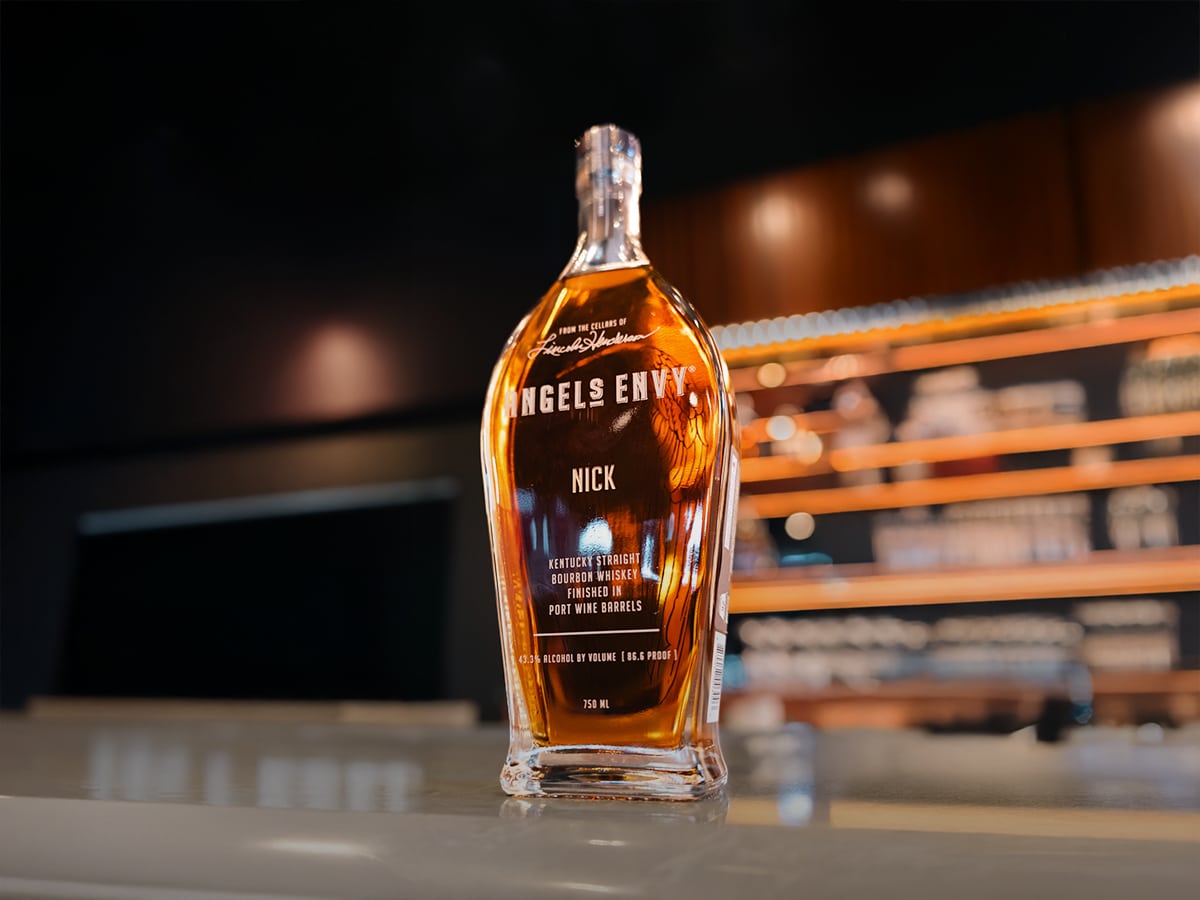
“Tradition doesn’t always have to be boring, and innovation doesn’t always have to be completely outside the box. It can be something for everyone.”
Secondary Tales
Being in Louisville, in the heart of bourbon country, you can’t help but become caught up in the romanticism, but Angel’s Envy stands out as a sleek silhouette against the skyline. A modern cathedral to a reimagined faith, this place is a testament to what happens when you don’t discard the past, but build on it.
Lincoln Henderson’s father once walked these same floors as a boy. Now, his name is etched in the bottles that line the walls. The old steel bones of the American Elevator and Machine Co. now hold a spirit that is elegant, defiant, and uniquely American. This is what happens when tradition evolves: buildings are revived and whiskey is born again.
“This is Lincoln’s life’s work in a bottle,” Angel explains. “He took all of his knowledge of distillation, maturation, working in Scotland, and working in Japan and brought it all back after his retirement. Truly, Lincoln created a legacy by starting Angel’s Envy, and I hope that he would be happy with that legacy today.”
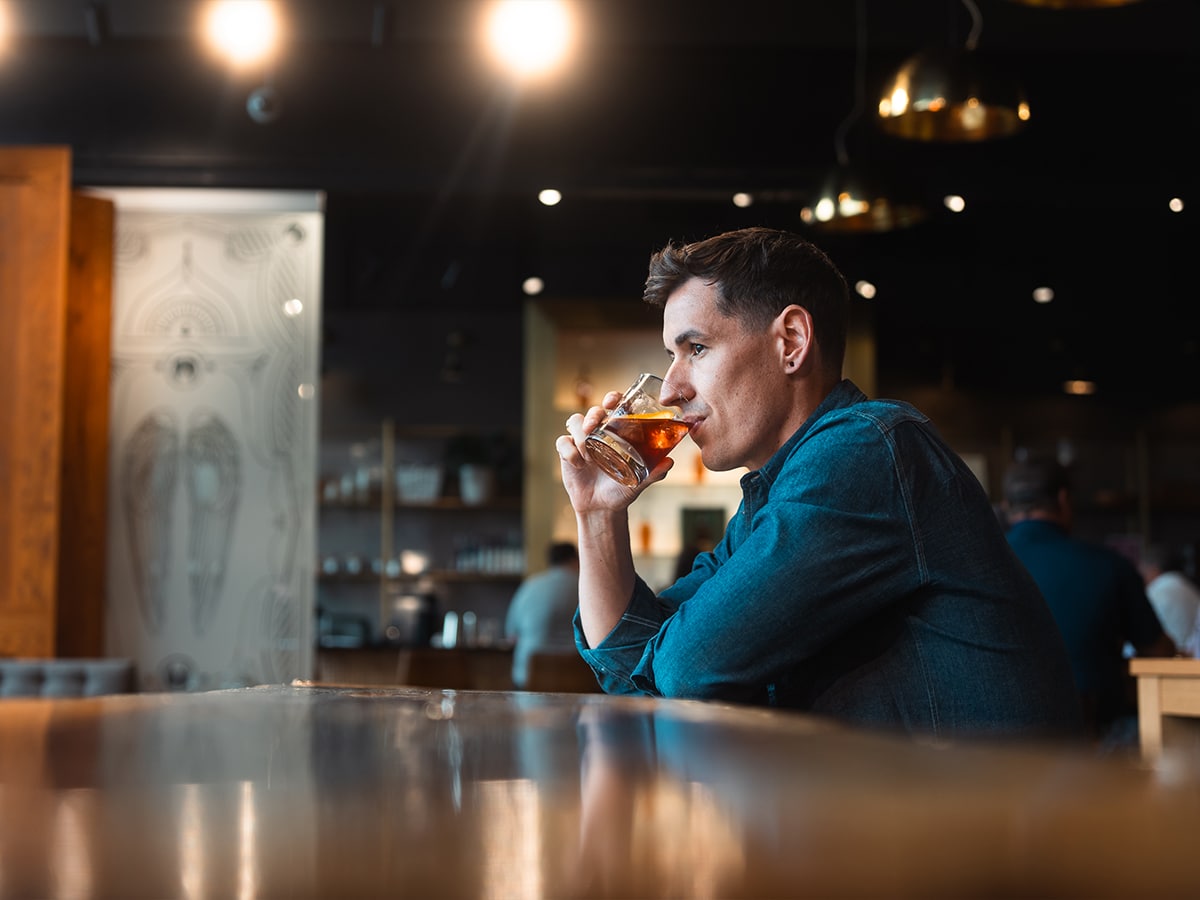


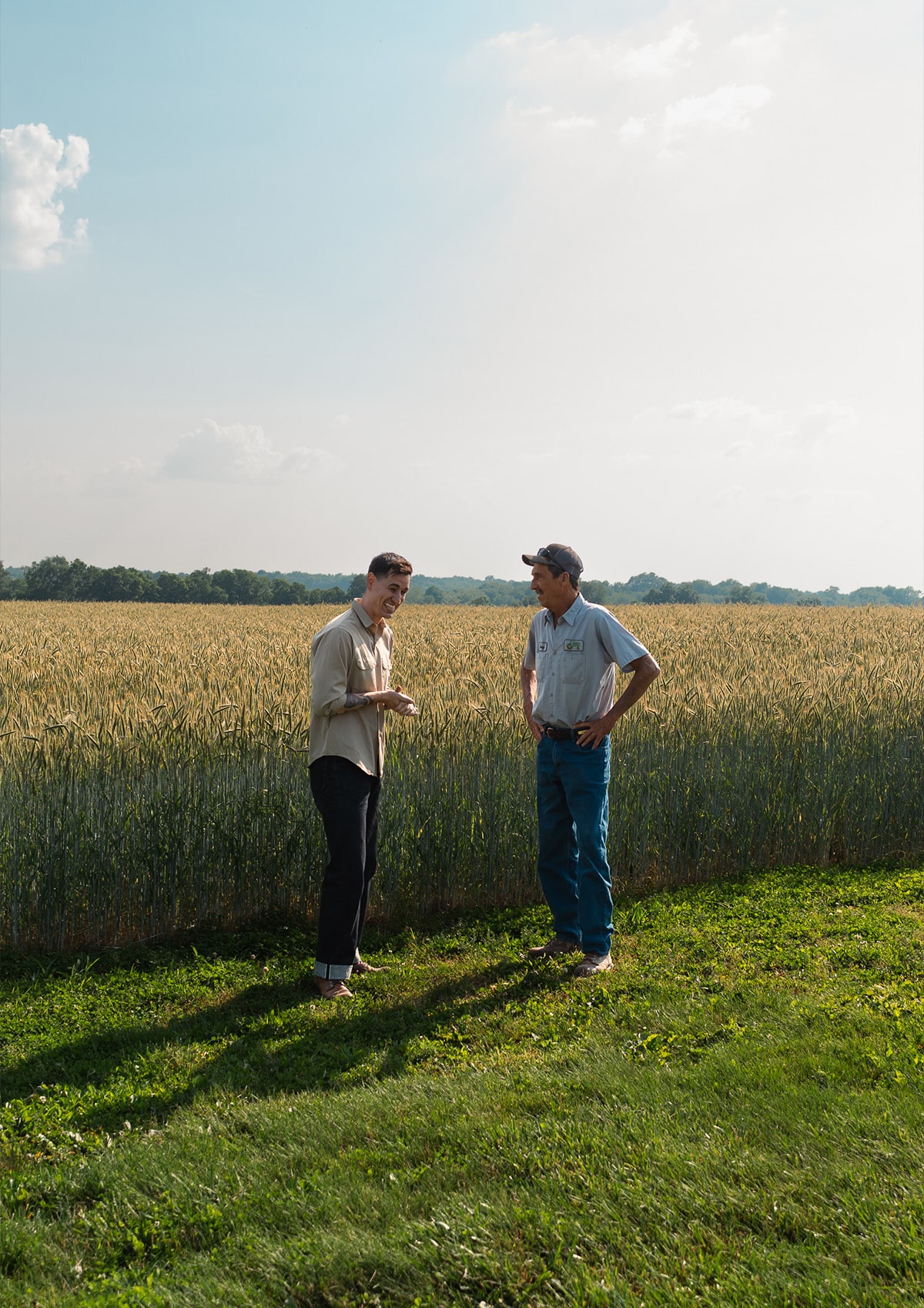
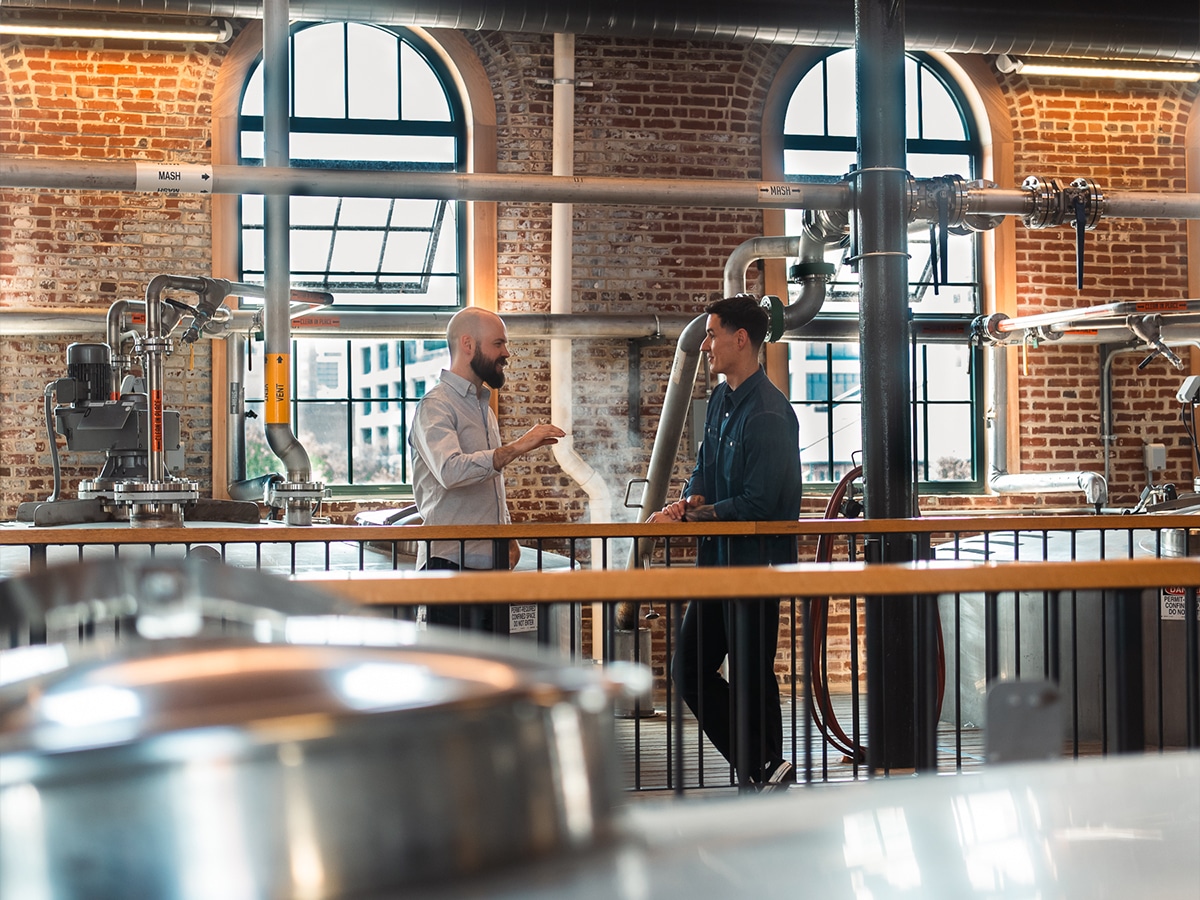
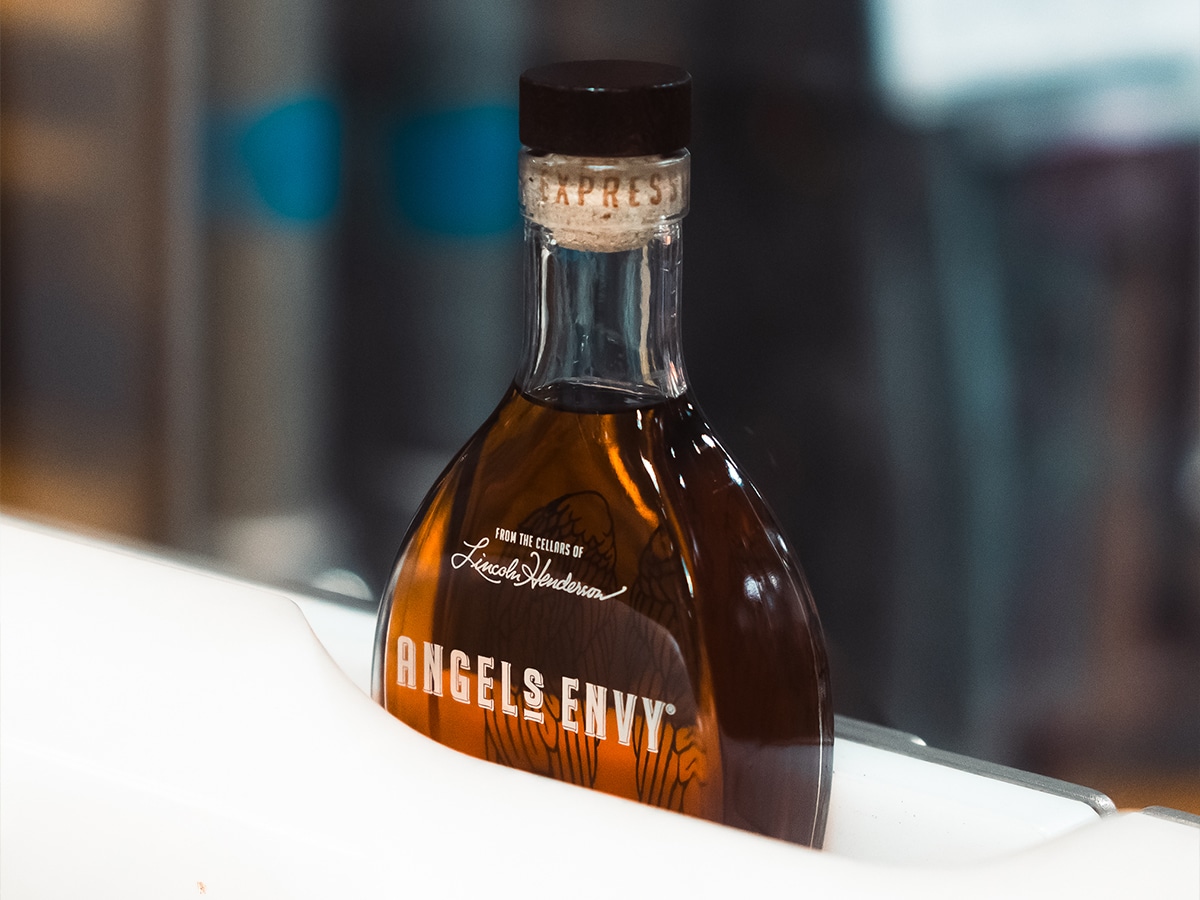
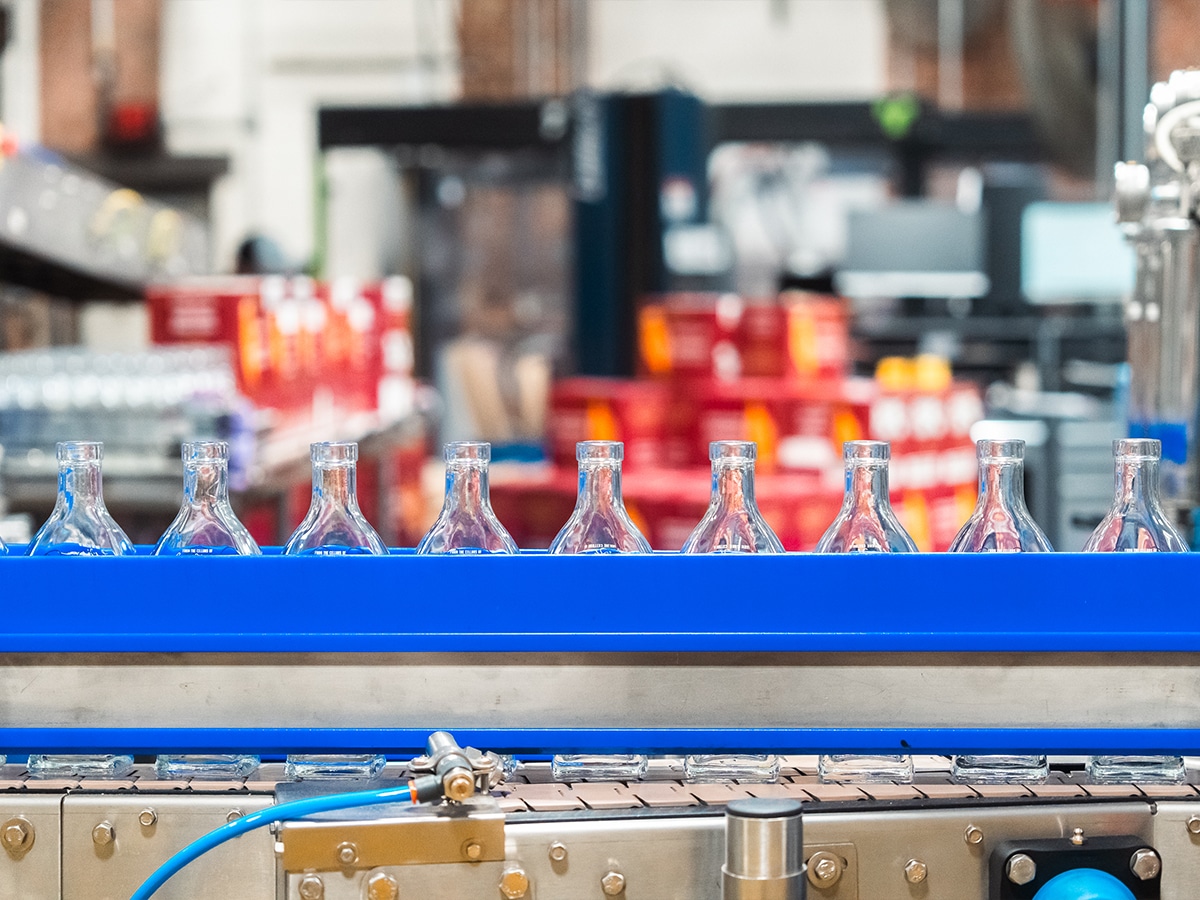
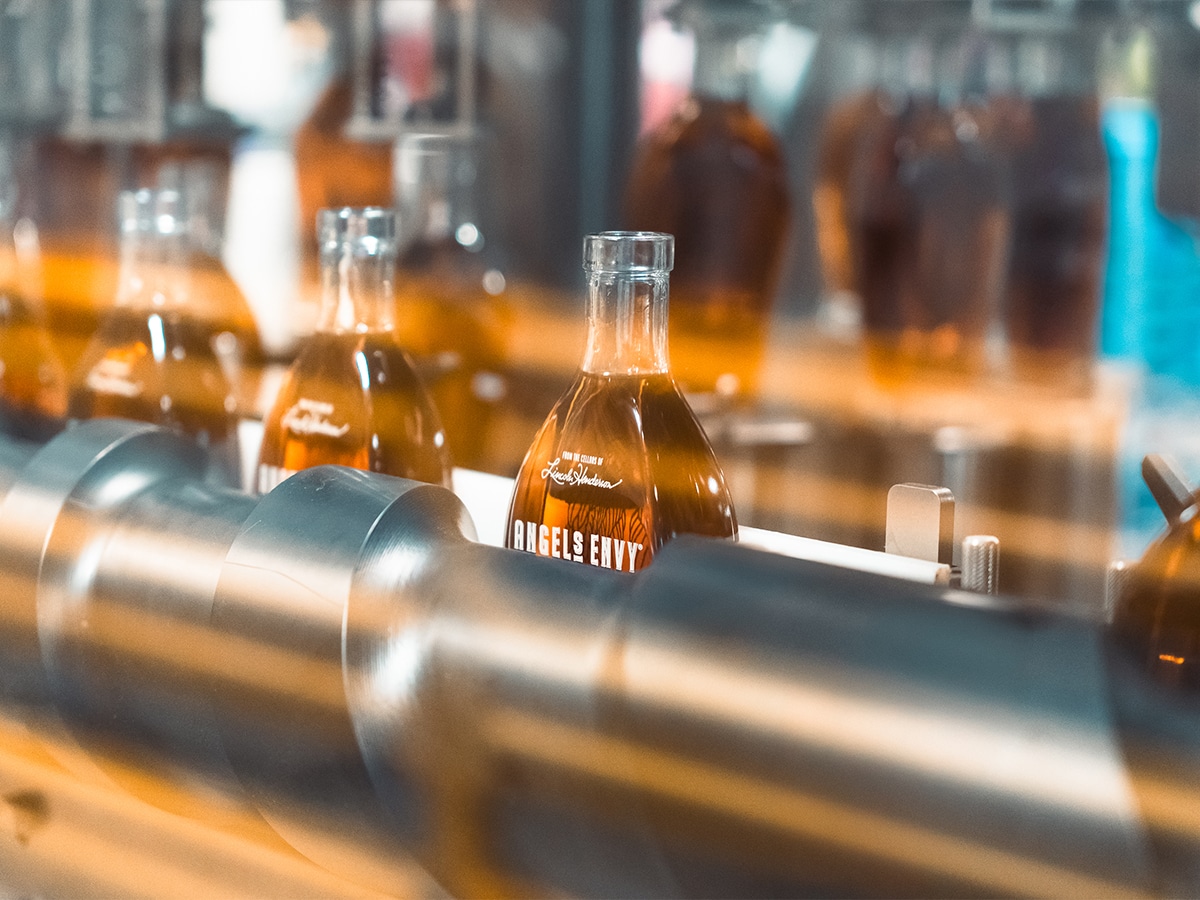




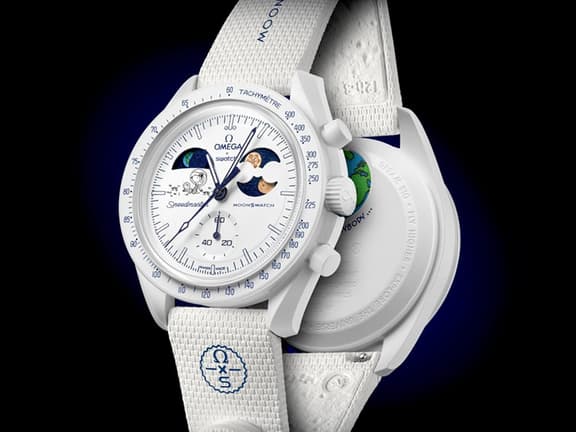
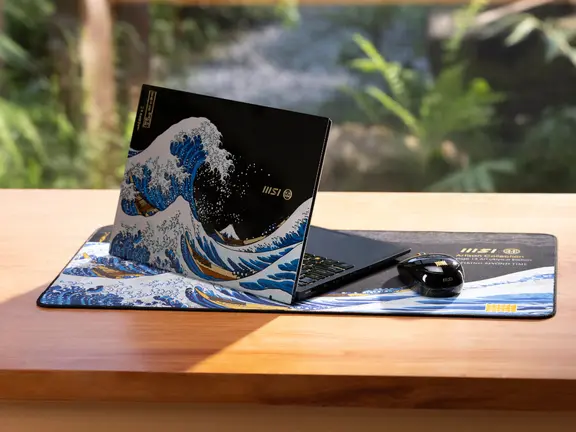


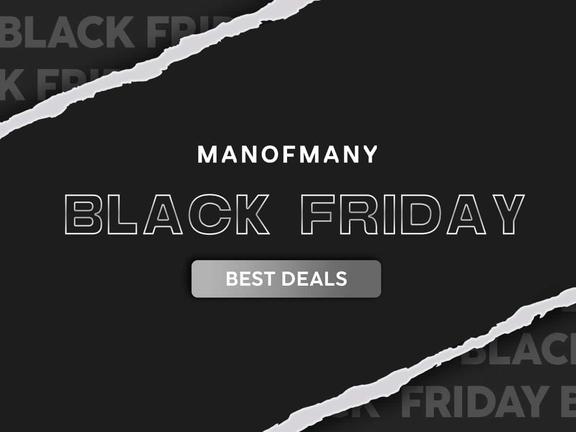







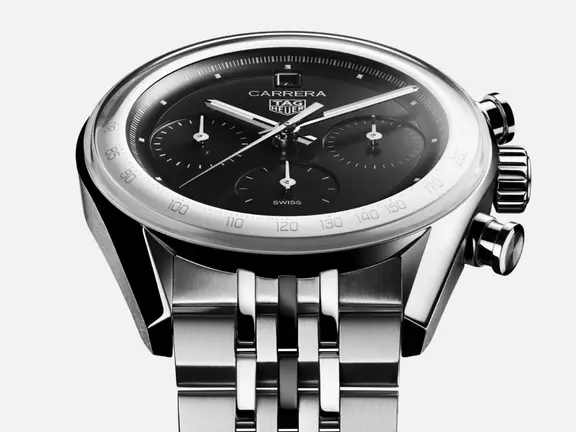

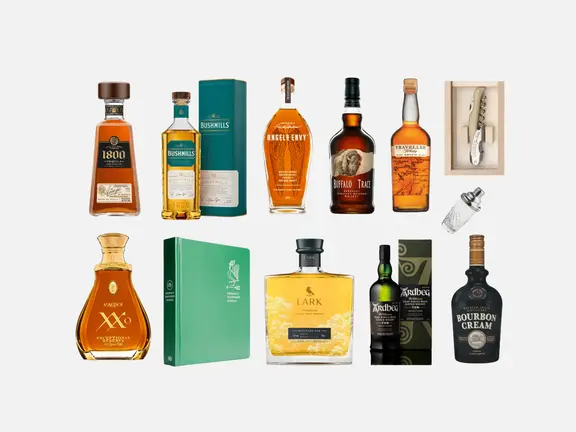
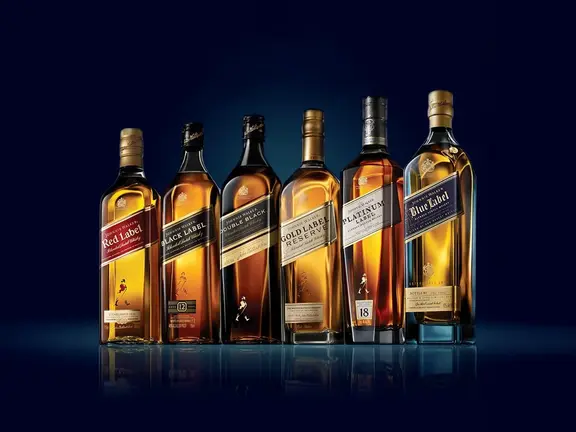



Comments
We love hearing from you. or to leave a comment.